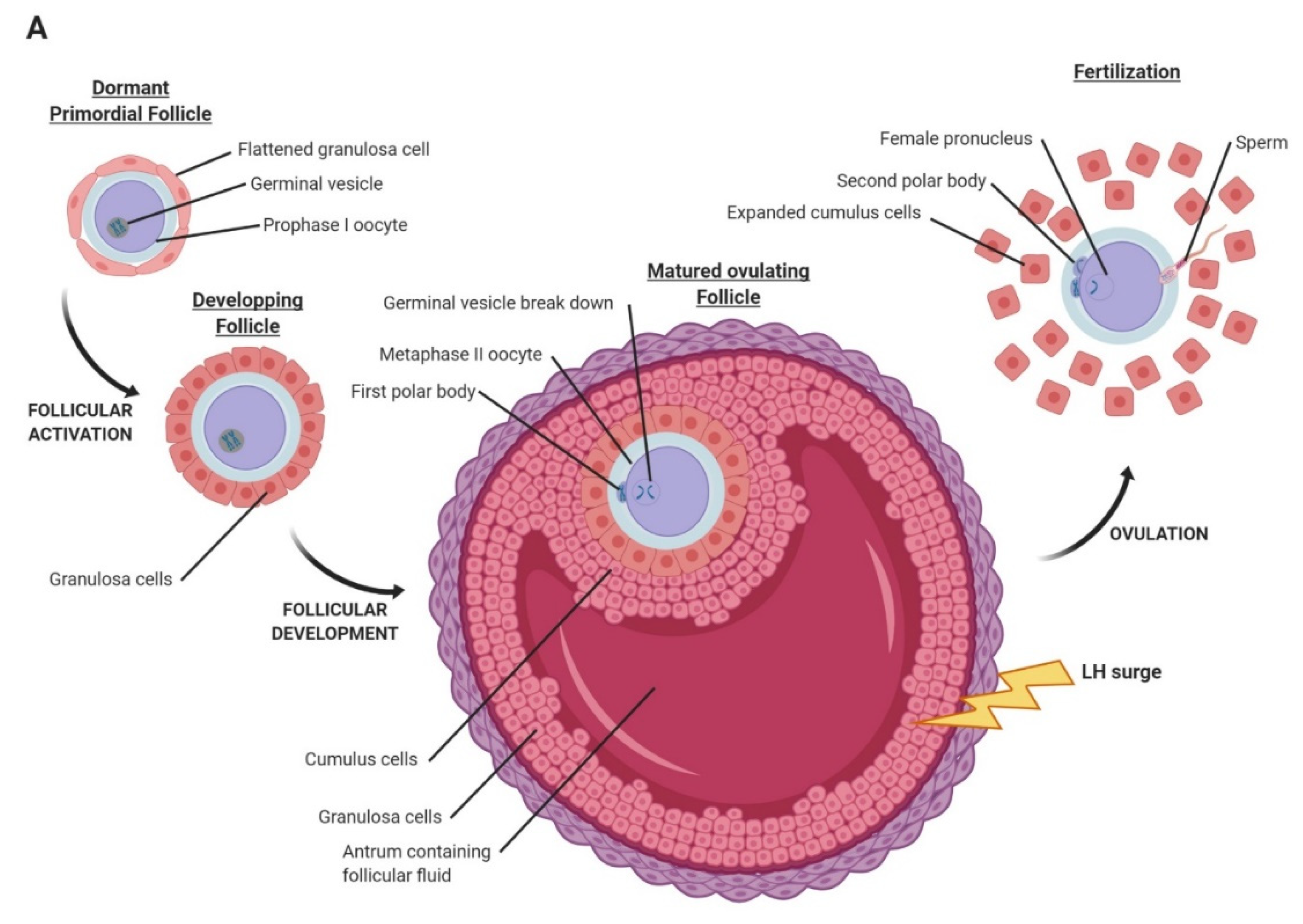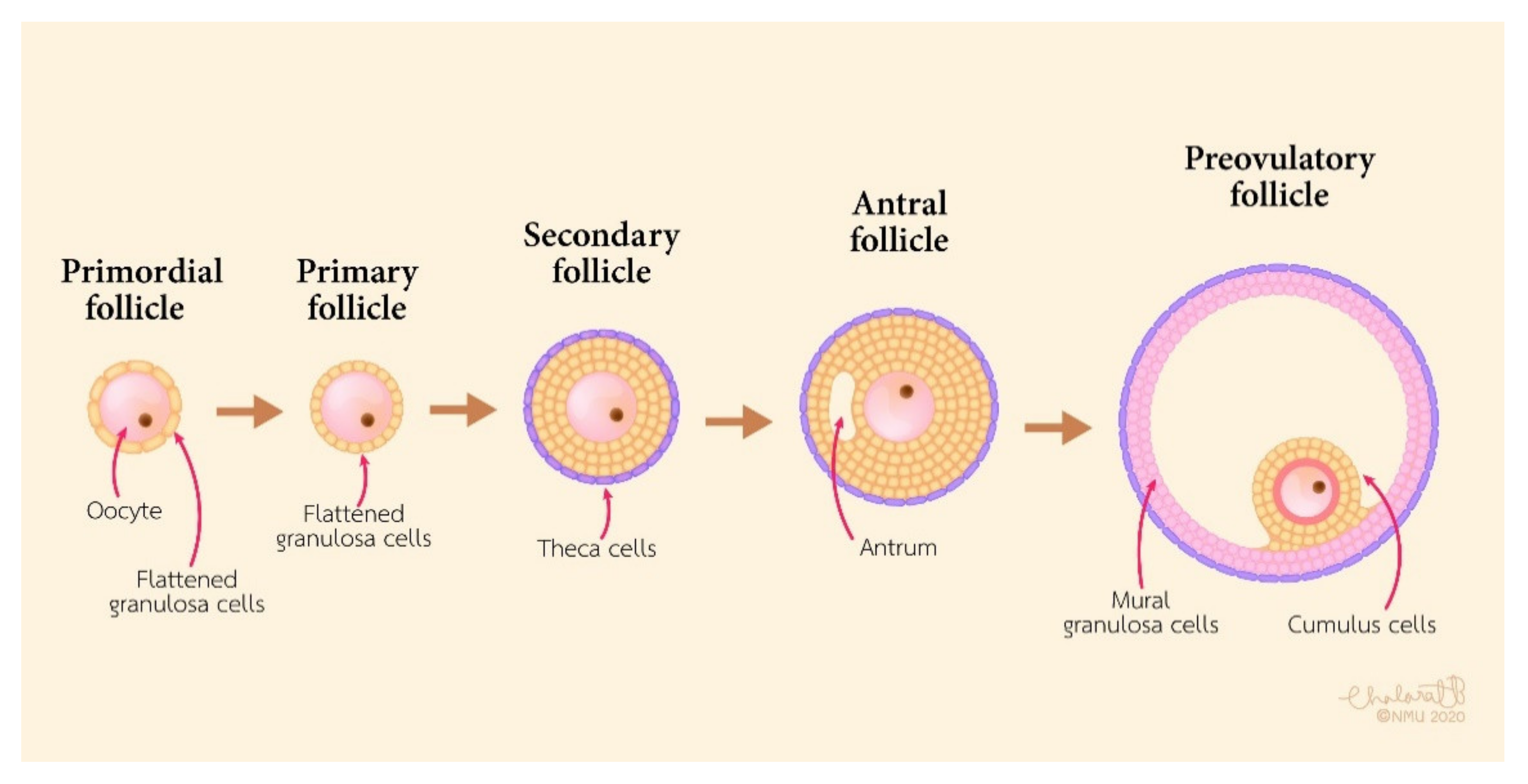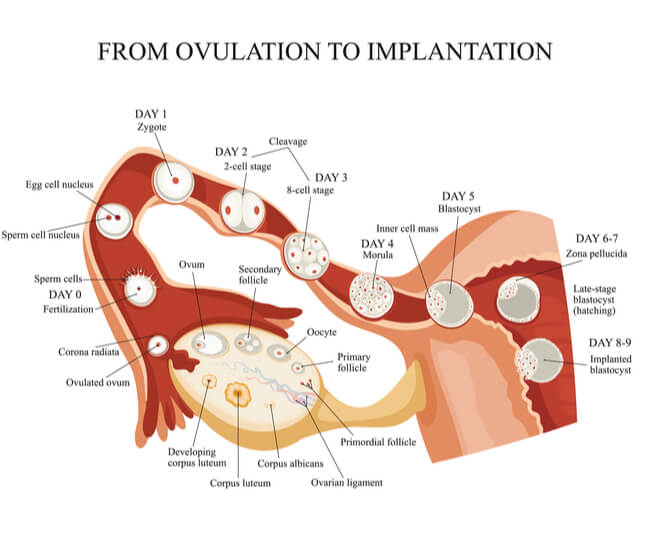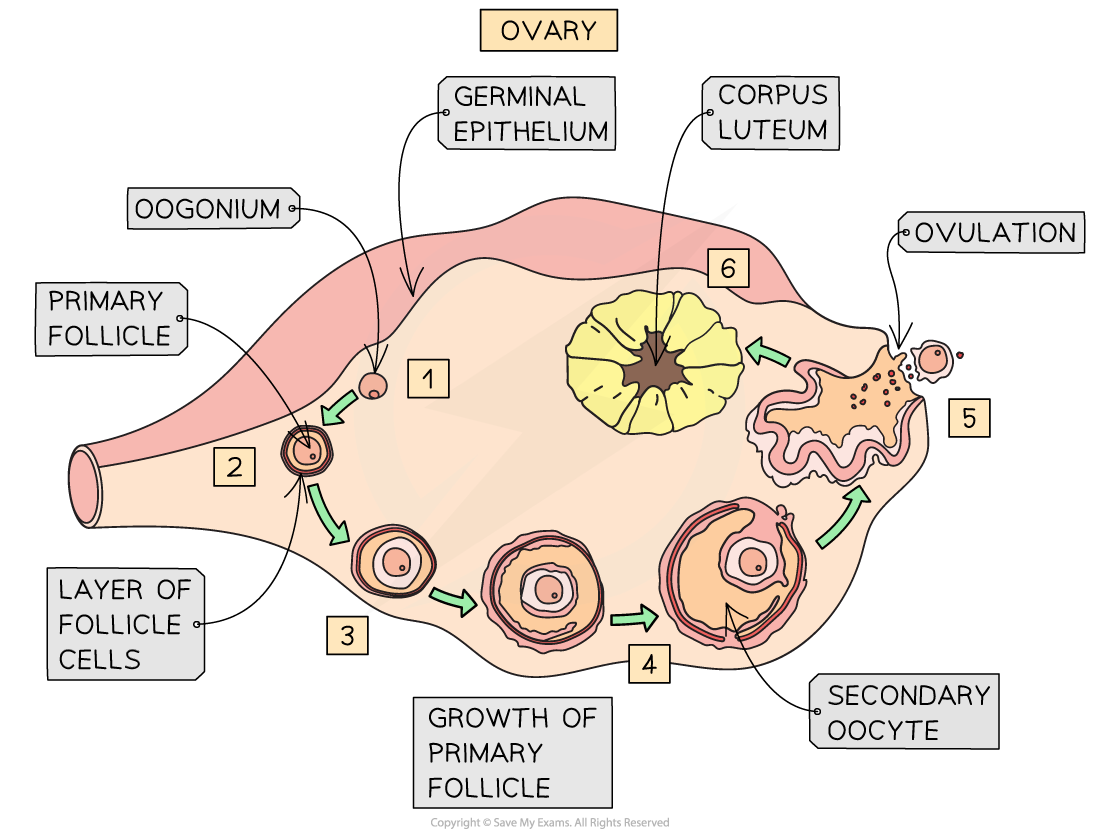Ovulated Oocyte
Ovulated Oocyte - In humans generally a single oocyte is released from a cohort of several maturing. Sister chromatids will be segregated after fertilization. An oocyte is a form of genetic material that can be collected for cryoconservation. The oocyte is ovulated at the mii stage. Ovulation of an oocyte from the ovary into the oviduct for fertilization is a tightly regulated process, engaging multiple physiological. During oogenesis, the oogonia become primary oocytes.
In humans generally a single oocyte is released from a cohort of several maturing. Ovulation of an oocyte from the ovary into the oviduct for fertilization is a tightly regulated process, engaging multiple physiological. During oogenesis, the oogonia become primary oocytes. An oocyte is a form of genetic material that can be collected for cryoconservation. Sister chromatids will be segregated after fertilization. The oocyte is ovulated at the mii stage.
In humans generally a single oocyte is released from a cohort of several maturing. During oogenesis, the oogonia become primary oocytes. The oocyte is ovulated at the mii stage. Sister chromatids will be segregated after fertilization. Ovulation of an oocyte from the ovary into the oviduct for fertilization is a tightly regulated process, engaging multiple physiological. An oocyte is a form of genetic material that can be collected for cryoconservation.
Chapter 29 Oocyte at ovulation Diagram Quizlet
During oogenesis, the oogonia become primary oocytes. In humans generally a single oocyte is released from a cohort of several maturing. The oocyte is ovulated at the mii stage. An oocyte is a form of genetic material that can be collected for cryoconservation. Sister chromatids will be segregated after fertilization.
IJMS Free FullText Adipokines Expression and Effects in Oocyte
An oocyte is a form of genetic material that can be collected for cryoconservation. Sister chromatids will be segregated after fertilization. In humans generally a single oocyte is released from a cohort of several maturing. Ovulation of an oocyte from the ovary into the oviduct for fertilization is a tightly regulated process, engaging multiple physiological. The oocyte is ovulated at.
The Function of Cumulus Cells in Oocyte Growth and Maturation and in
The oocyte is ovulated at the mii stage. Ovulation of an oocyte from the ovary into the oviduct for fertilization is a tightly regulated process, engaging multiple physiological. During oogenesis, the oogonia become primary oocytes. An oocyte is a form of genetic material that can be collected for cryoconservation. Sister chromatids will be segregated after fertilization.
Fallopian Tube The Definitive Guide Biology Dictionary
An oocyte is a form of genetic material that can be collected for cryoconservation. During oogenesis, the oogonia become primary oocytes. The oocyte is ovulated at the mii stage. In humans generally a single oocyte is released from a cohort of several maturing. Ovulation of an oocyte from the ovary into the oviduct for fertilization is a tightly regulated process,.
A Ovulated oocytes from in vitro cultured HA encapsulated preantral
During oogenesis, the oogonia become primary oocytes. Ovulation of an oocyte from the ovary into the oviduct for fertilization is a tightly regulated process, engaging multiple physiological. The oocyte is ovulated at the mii stage. An oocyte is a form of genetic material that can be collected for cryoconservation. Sister chromatids will be segregated after fertilization.
Human Pregnancy and Birth · Biology
The oocyte is ovulated at the mii stage. An oocyte is a form of genetic material that can be collected for cryoconservation. Ovulation of an oocyte from the ovary into the oviduct for fertilization is a tightly regulated process, engaging multiple physiological. During oogenesis, the oogonia become primary oocytes. In humans generally a single oocyte is released from a cohort.
Explain the development of a secondary oocyte (ovu
Ovulation of an oocyte from the ovary into the oviduct for fertilization is a tightly regulated process, engaging multiple physiological. An oocyte is a form of genetic material that can be collected for cryoconservation. In humans generally a single oocyte is released from a cohort of several maturing. The oocyte is ovulated at the mii stage. During oogenesis, the oogonia.
What is Oogenesis? Definition, Stages, Process Tutoroot
An oocyte is a form of genetic material that can be collected for cryoconservation. During oogenesis, the oogonia become primary oocytes. Ovulation of an oocyte from the ovary into the oviduct for fertilization is a tightly regulated process, engaging multiple physiological. Sister chromatids will be segregated after fertilization. In humans generally a single oocyte is released from a cohort of.
Maturation
The oocyte is ovulated at the mii stage. In humans generally a single oocyte is released from a cohort of several maturing. Sister chromatids will be segregated after fertilization. An oocyte is a form of genetic material that can be collected for cryoconservation. Ovulation of an oocyte from the ovary into the oviduct for fertilization is a tightly regulated process,.
Oocyte (Ovulation and Fertilization) Diagram Quizlet
In humans generally a single oocyte is released from a cohort of several maturing. Ovulation of an oocyte from the ovary into the oviduct for fertilization is a tightly regulated process, engaging multiple physiological. The oocyte is ovulated at the mii stage. Sister chromatids will be segregated after fertilization. During oogenesis, the oogonia become primary oocytes.
Sister Chromatids Will Be Segregated After Fertilization.
During oogenesis, the oogonia become primary oocytes. The oocyte is ovulated at the mii stage. Ovulation of an oocyte from the ovary into the oviduct for fertilization is a tightly regulated process, engaging multiple physiological. An oocyte is a form of genetic material that can be collected for cryoconservation.









